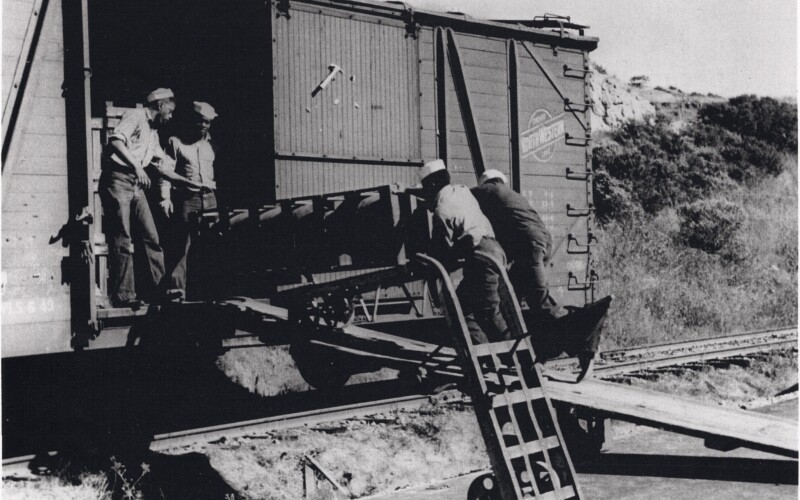We have experience hosting a range of audiences, from college classes to birthday parties to company outings, and we customize our tours to meet your group’s interests and needs.
Book a private tour today
The history and legacy of the Second World War can be seen all around us in Brooklyn. Once home to hundreds of factories, shipyards, and warehouses, and responsible for sending …
Read more
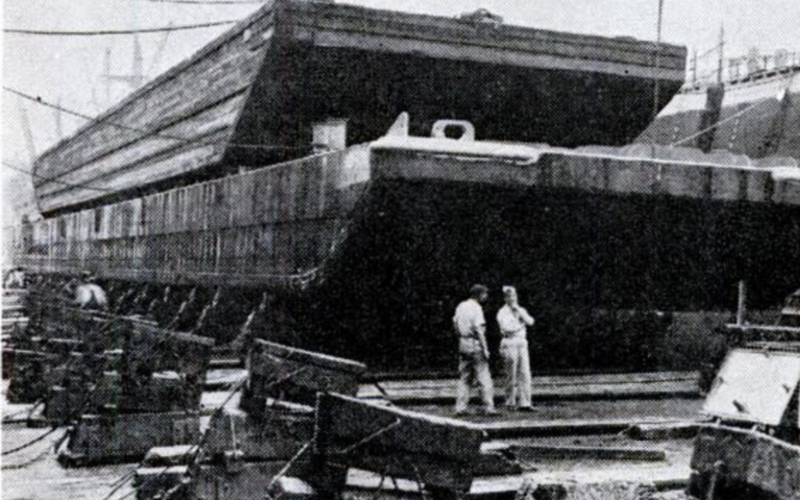
On September 22, 1958, 23-year-old US Army Private Elvis Presley boarded troop transport USS General George M. Randall at the Brooklyn Army Terminal to begin his 17 months of military service in Germany. Though …
Read more
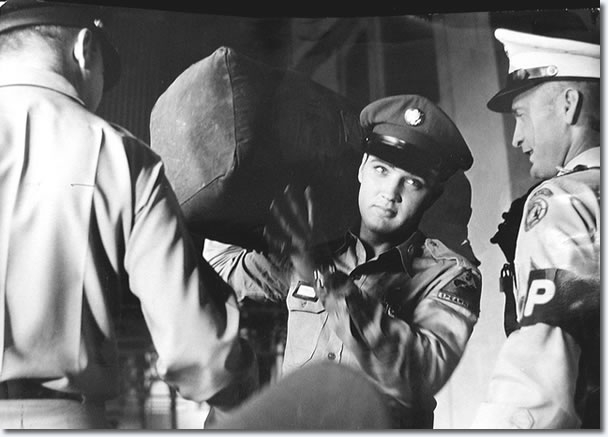
Last week we looked at Operation Magnet, the scramble in the weeks after Pearl Harbor to move American forces into the European battle zone. Just one week after that, it …
Read more
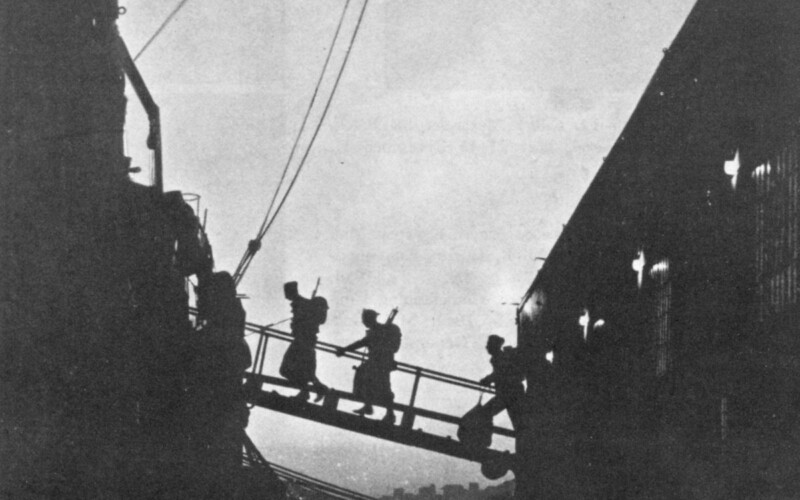
On January 15, 1942, ships of convoy AT-10 left the Brooklyn Army Terminal to make the journey across the Atlantic. Aboard the transports USS Chateau Thierry and HMTS Strathaird were …
Read more
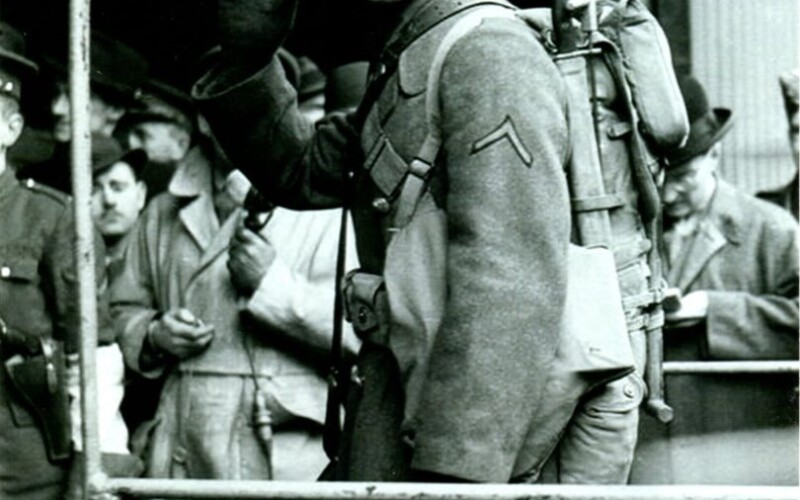
During World War II, nearly half a million Axis prisoners of war were held in the United States. The vast majority of these POWs were German, and a small number …
Read more
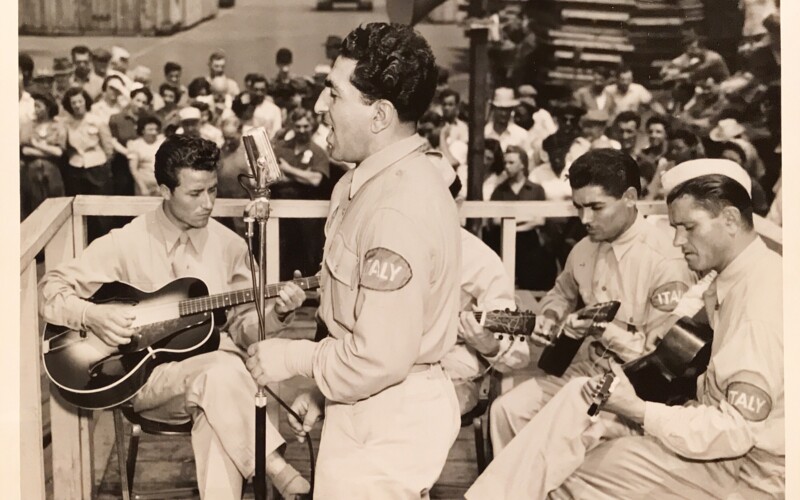
Operation Neptune, the seaborne component of the Normandy invasion, required nearly 6,500 vessels to deliver the vast Allied armies and their supplies and equipment onto the continental beaches. This didn’t …
Read more
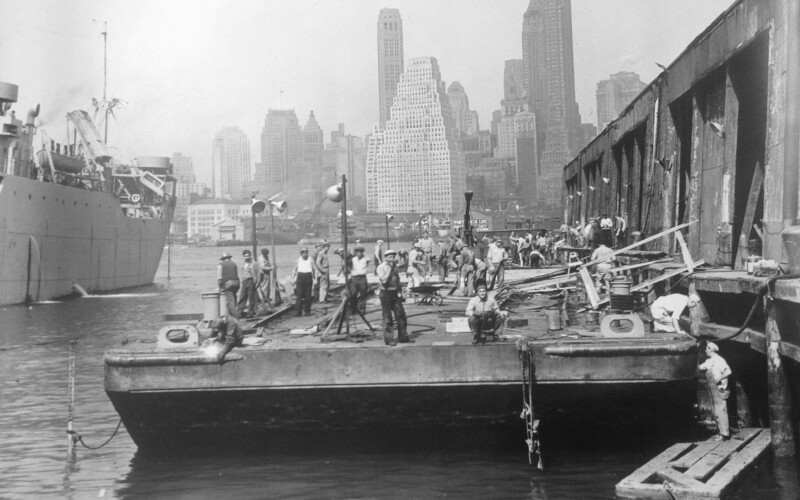
This summer marks the 70th anniversary of the tragic events of Port Chicago, California, the worst home front disaster of World War II. 320 people were killed, most of them US Navy sailors, …
Read more
